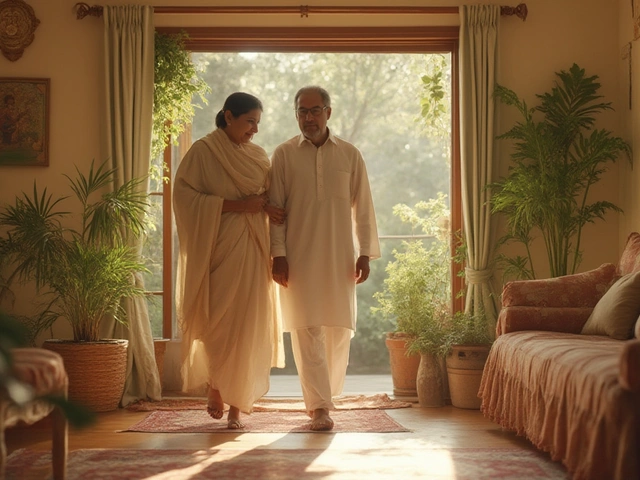Medication Availability in India: What’s on the Shelves and What to Do About Gaps
Ever walked into a pharmacy only to hear the clerk say, “Sorry, we’re out of that”? You’re not alone. In India, the mix of local production, import rules, and regional demand means medication availability can swing wildly from one city to the next. This tag page pulls together articles that help you understand why these swings happen and how you can keep yourself safe when the medicine you need isn’t on the shelf.
Why Some Drugs Disappear Faster Than Others
First, it helps to know the main drivers behind the supply hiccups. Government price caps on popular generic drugs often squeeze manufacturers’ profit margins, prompting some to stop production. Import restrictions can also choke the flow of specialized medicines that aren’t made locally. Add in seasonal spikes—like flu season boosting demand for antivirals—and you’ve got a recipe for sudden shortages. When a drug’s raw material is sourced from abroad, any customs delay instantly ripples to the pharmacy counter.
Another factor is regional distribution. Metropolitan areas such as Delhi or Mumbai have multiple wholesalers, so they usually restock faster. Smaller towns rely on a single supplier, meaning a delay of just a few days can leave shelves empty. Knowing where you live on this supply map can shape how you plan your medication routine.
Practical Tips for Safe Medication Use
So what can you do when your prescription can’t be filled? Here are three quick steps that keep you from falling into risky shortcuts:
- Ask the pharmacist for an alternative. Often there’s a therapeutic equivalent that’s more readily available. A pharmacist can tell you if the substitute has a similar safety profile.
- Check reputable online portals. Many certified e‑pharmacies list stock levels in real time. Just verify the seller’s license before you click “buy.”
- Keep a small safety stash. For chronic conditions, ask your doctor to prescribe a 30‑day extra supply that you can store safely. This buffer can bridge short‑term shortages.
Never resort to unverified street sellers or expired stock. Toxic substances often masquerade as legitimate medicines, especially in regions where regulation enforcement is weak. Our broader articles—like “Ayurvedic Massage Explained” or “Best Herbal Supplement Company in 2025”—offer guidance on spotting trustworthy products, which is just as important when you’re hunting for a missing prescription.
Stay proactive by signing up for SMS alerts from your local pharmacy. Many now send restock notifications, letting you hop in the door the moment the drug arrives. If you’re part of a patient support group, share updates—collective knowledge often spots patterns before anyone else does.
Finally, remember that the government occasionally releases emergency supplies for essential medicines. Keep an eye on health department bulletins, especially during pandemics or natural disasters. Those alerts can mean the difference between scrambling for a counterfeit and receiving a genuine, safely manufactured dose.
Medication availability isn’t just a logistics problem; it’s a direct health issue. By understanding the why and applying these simple strategies, you can protect yourself from dangerous gaps and stay ahead of the next shortage. Browse the other posts on this tag for deeper dives into specific drug safety, herbal alternatives, and how to read medicine labels like a pro.

How to Check If a Pharmacy Has Medication in Stock
Finding out if a pharmacy has the medication you need in stock can save you time and ensure you get your prescription filled promptly. From checking online inventories to using pharmacy apps, there are several practical steps you can take. Understand the role of communication with pharmacists and utilize healthcare networks to manage your prescriptions effectively. This guide offers tips and insights to navigate medication availability with ease.

Wegovy Cost Without Insurance: What You Need to Know
Jan, 16 2025

What is the Hardest Part of IVF?
Mar, 23 2025


